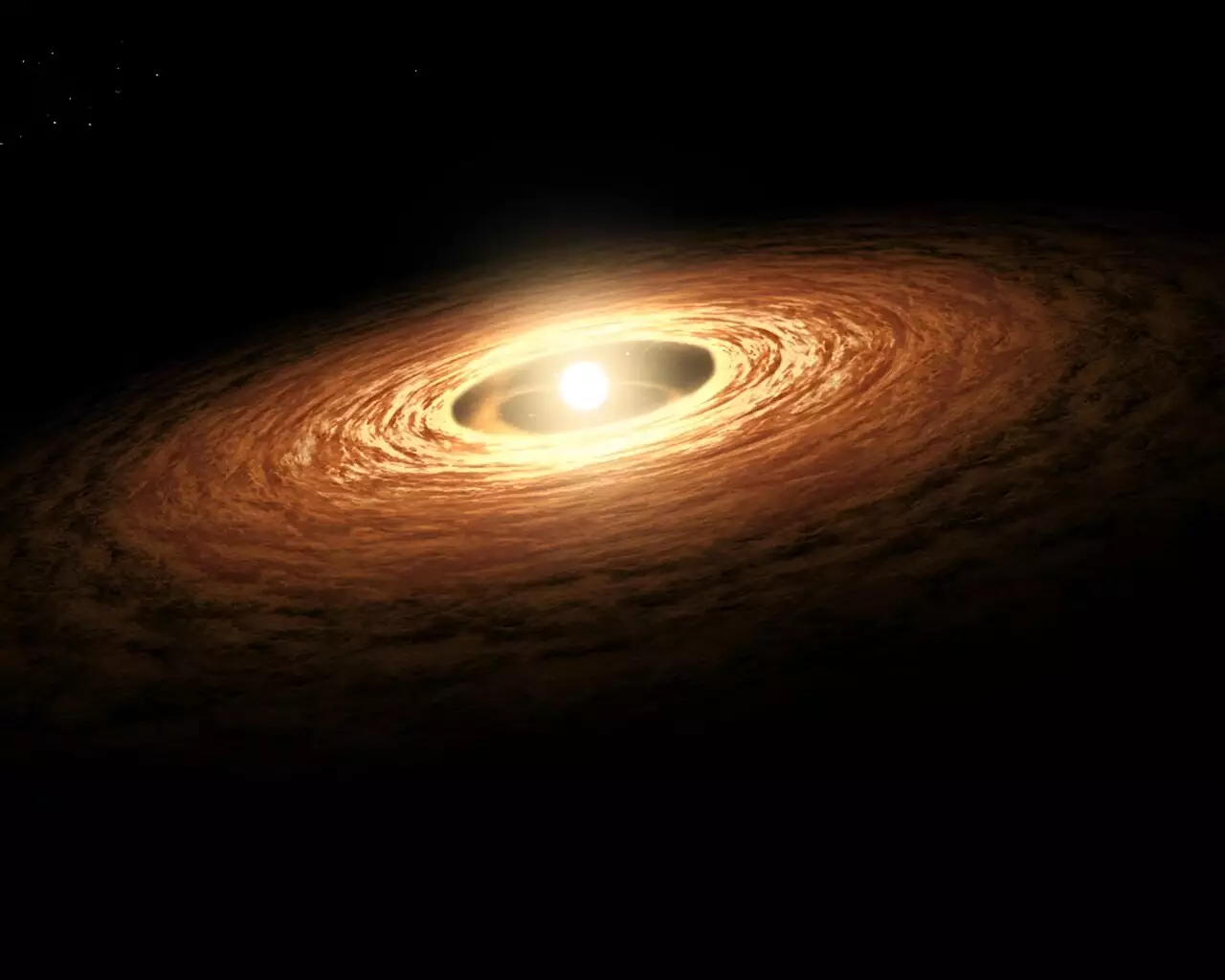In the ever-evolving narrative of cosmic origins, scientists have recently made a groundbreaking revelation concerning the radioactive isotope beryllium-10, a rare element that has been found in some of the solar system’s ancient materials, including meteorites. Until now, the dominant perspective held that beryllium-10, alongside other isotopes, was primarily synthesized in supernova explosions—the dramatic deaths of massive stars. However, new research led by scientists at the Oak Ridge National Laboratory (ORNL) is challenging this entrenched belief, revealing that beryllium-10 may predate such cataclysmic events, thus transforming our understanding of nucleosynthesis in the cosmos.
The Role of Beryllium-10 in Stellar Evolution
Beryllium-10, with its half-life of approximately 1.4 million years, raises intriguing questions about its presence in the early solar system. While its existence has been documented in meteorites, its origins are now being scrutinized. The research elucidates the fact that beryllium-10 was likely formed during the solar system’s infancy, approximately 4.5 to 5 billion years ago, but not in the explosive aftermath of supernovae as had been previously thought. This is a significant paradigm shift. Elucidating the origins of this isotope is not merely an academic exercise; it has profound implications for our understanding of stellar life cycles and the processes that predetermine the formation of the solar system itself.
Cosmic Ray Spallation: A New Contender
One of the most compelling assertions from the ORNL study is the hypothesis that beryllium-10 may instead be a product of cosmic ray spallation. This term refers to the process wherein high-energy cosmic rays—composed of protons and various particles—collide with other isotopes, such as carbon-12. The interactions can result in the significant breakdown of atomic structures, ultimately producing beryllium-10. This suggests that the fabric of our solar system was stitched together not just from the remnants of supernova debris but from the conditions found in the interstellar medium, fundamentally shifting our paradigm regarding the raw materials that shaped planetary bodies.
New Findings Challenge Previous Models
The ORNL researchers undertook a detailed examination of nuclear properties to understand beryllium-10’s origins better. What they discovered was nothing short of revolutionary. Their explorations, aided by advanced computational resources, demonstrated that the production rates of beryllium-10 during supernova events were likely insufficient to account for the quantities found in meteorites. In fact, their measurements revealed that the reaction rates could be over 33 times faster than previous estimates and that these rapid reactions are likely to destroy beryllium-10 during a supernova, rendering such cosmic explosions an unlikely source.
The implications are vast. If supernovae aren’t the primary producers of beryllium-10, then the scientific community needs to reconsider how isotopes are formed in the universe and reconsider theories surrounding stellar evolution and the birth of our solar system. The research reaffirms that stars are not just mere objects of study; they are dynamic sources of cosmological interactions and transformations.
The Collaborative Effort: A Multifaceted Approach
The study stands as a testament to the power of collaborative scientific efforts. Researchers from ORNL teamed up with multiple institutions, including the University of Tennessee and the University of Notre Dame. The multipronged approach allowed for a comprehensive investigation encompassing both astrophysical simulations and experimental data interpretation. This concerted effort exemplifies how collective expertise can pave the way for breakthrough scientific understanding.
As scientific inquiry delves deeper, it’s evident that mystery still shrouds the cosmos. The layers of complexity inherent in stellar evolution, nucleosynthesis, and cosmic ray interactions call for continued research and inquiry. The revelation that beryllium-10 may arise from cosmic processes rather than stellar explosions is just one part of a grander narrative, a reminder of our still-nascent understanding of the universe’s intricate weaving.
Through such studies, the scientific community pushes the boundaries of what we know, igniting curiosity about the forces that govern the birth and evolution of the galaxy. Today, as we stand on the precipice of cosmic comprehension, researchers at ORNL have made strides not only by challenging established norms but by opening pathways to new questions and hypotheses, ultimately enriching our profound connection to the universe.

